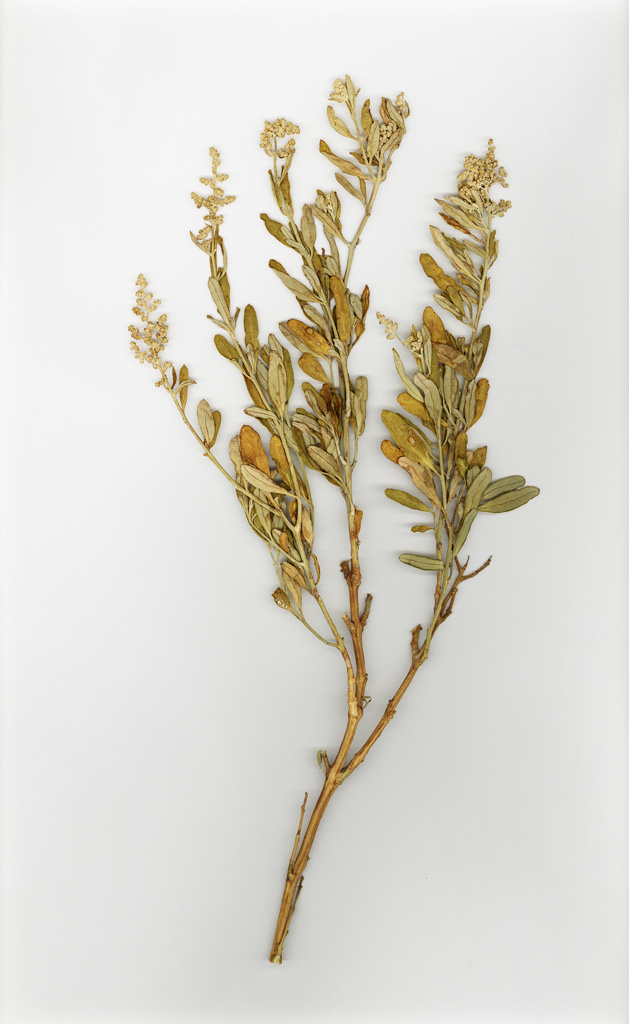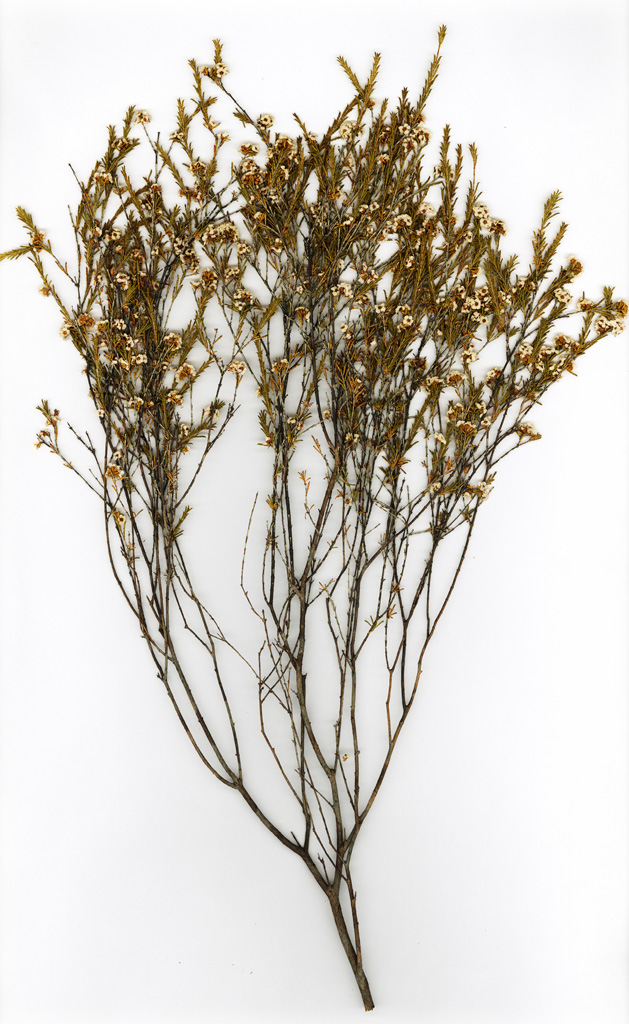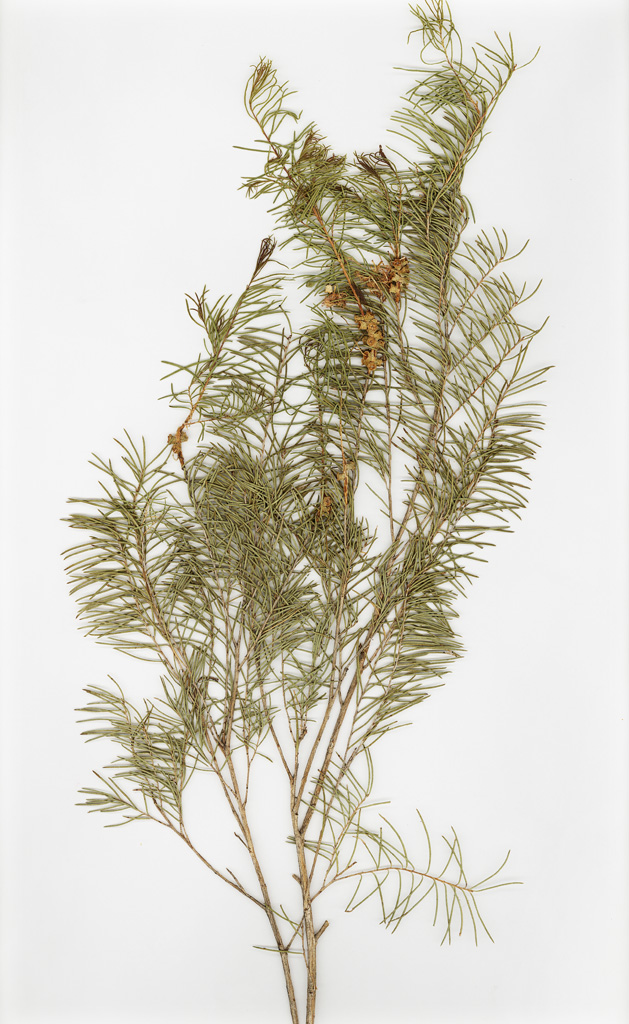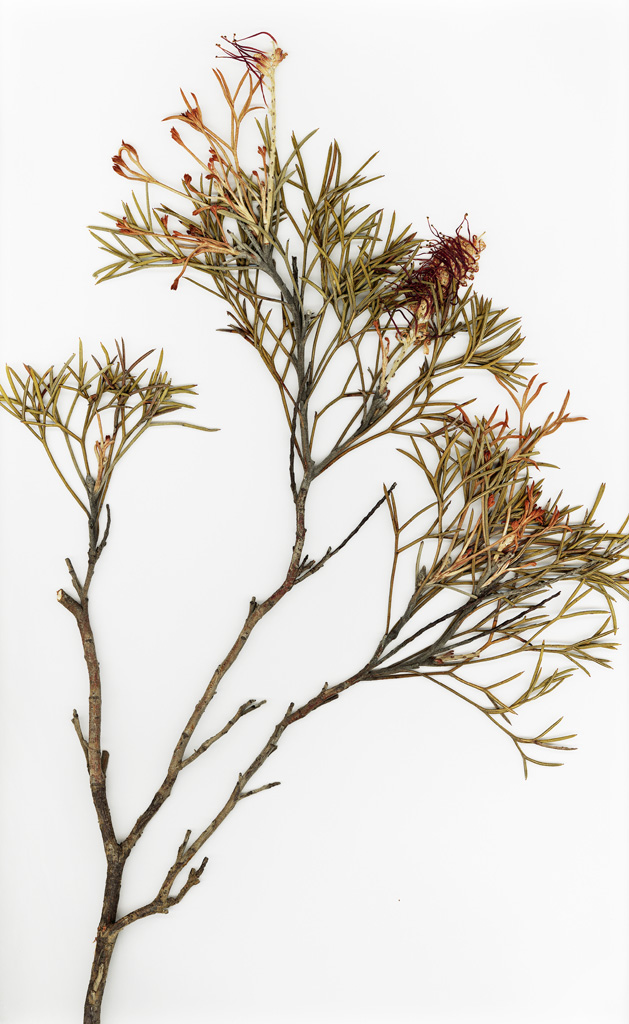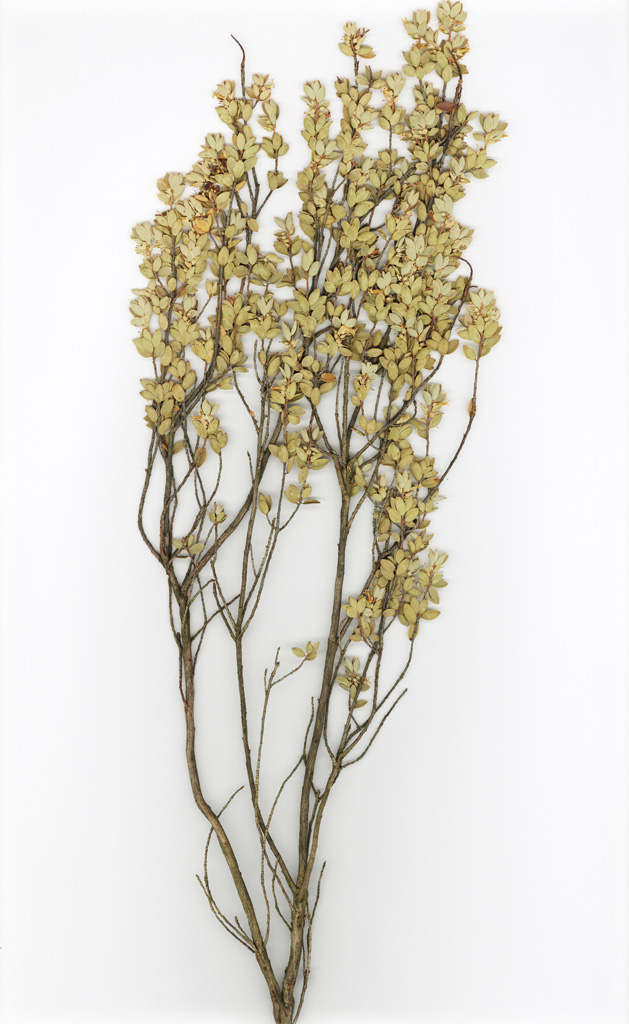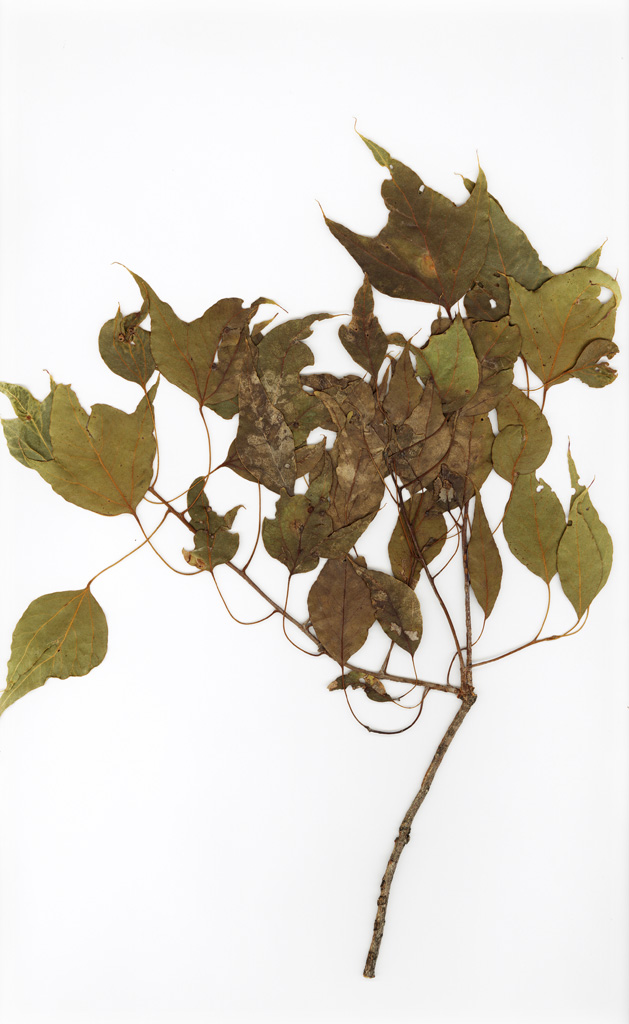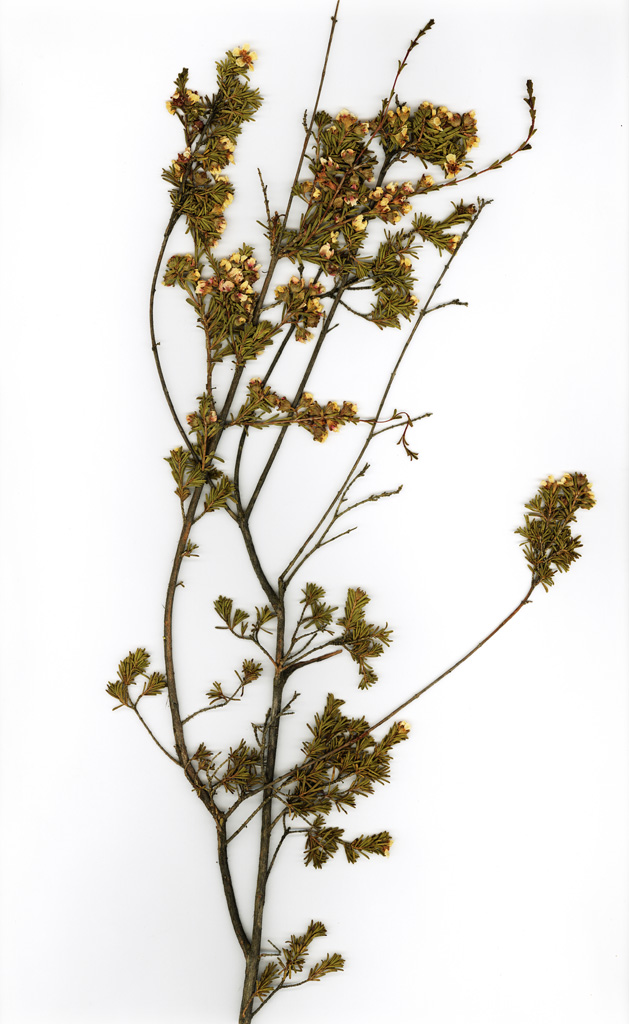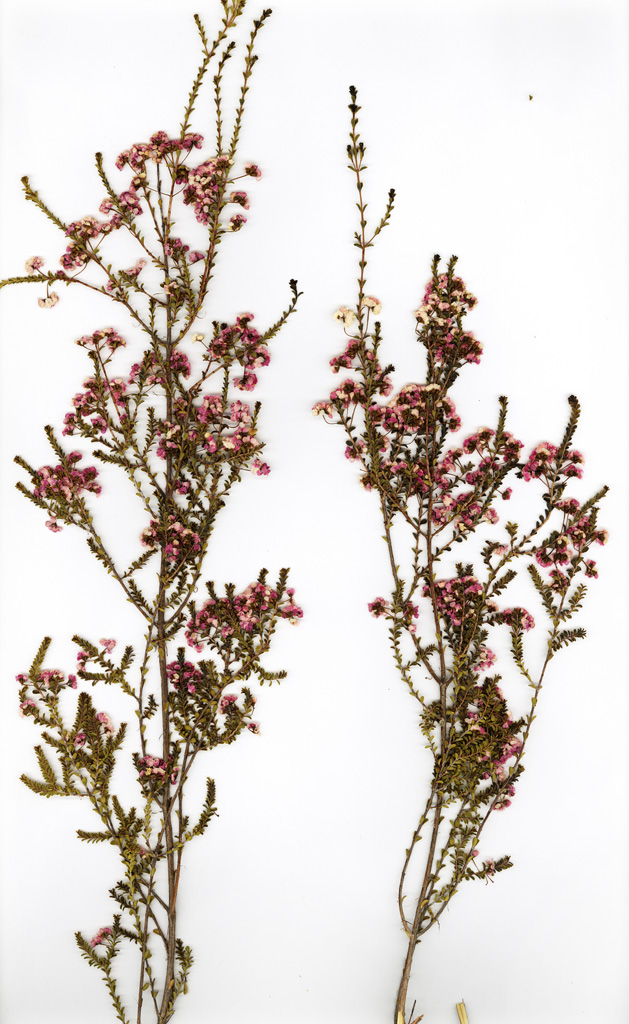|
| Links | - Associates
- Missouri Botanical Garden
We parsed the following live from the Web into this page. Such content is managed by its original site and not cached on Discover Life. Please send feedback and corrections directly to the source. See original regarding copyrights and terms of use.
- Virginia Tech Dendrology
- Image, American Museum of Natural History, Plant Bug AMNH_PBI00003153 wa%201997%20l49%20h087
- Image, American Museum of Natural History, Plant Bug AMNH_PBI00001098 wa%201996%20l26%20h088
- Image, American Museum of Natural History, Plant Bug AMNH_PBI00002410 wa%201997%20l48%20h084
- Image, American Museum of Natural History, Plant Bug AMNH_PBI00002987 wa%201997%20l12%20h035
- Image, American Museum of Natural History, Plant Bug AMNH_PBI00003242 nsw%201995%20l50%20h085
- Image, American Museum of Natural History, Plant Bug AMNH_PBI00007355 nsw%201995%20l15%20h024
- Image, American Museum of Natural History, Plant Bug AMNH_PBI00000977 wa%201996%20l28%20h100
- Image, American Museum of Natural History, Plant Bug AMNH_PBI00001110 wa%201996%20l45%20h135
- Flora of North America
|
80x5 -
240x3 -
240x4 -
320x1 -
320x2 -
320x3 -
640x1 -
640x2
Set display option above.
Click on
images to enlarge. |
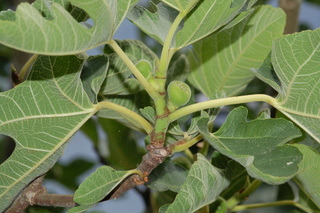
© Graham Wyatt, 2009-2010
· 1
Ficus carica, Fig, branching |
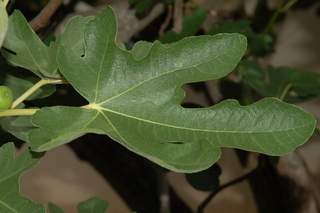
© Graham Wyatt, 2009-2010
· 1
Ficus carica, Fig, leaf upper |
|
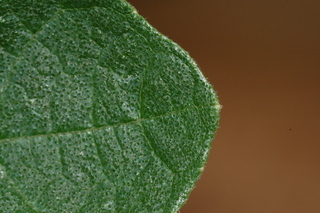
© Graham Wyatt, 2009-2010
· 1
Ficus carica, Fig, leaf tip upper |
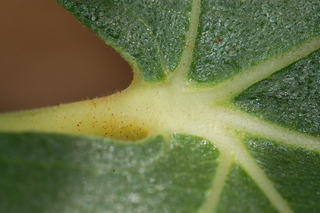
© Graham Wyatt, 2009-2010
· 1
Ficus carica, Fig, leaf base upper |
|
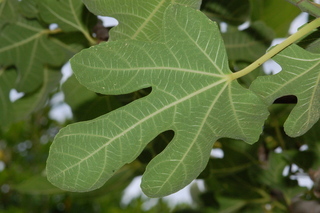
© Graham Wyatt, 2009-2010
· 1
Ficus carica, Fig, leaf under |
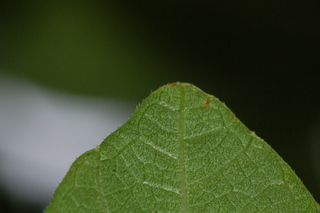
© Graham Wyatt, 2009-2010
· 1
Ficus carica, Fig, leaf tip under |
|
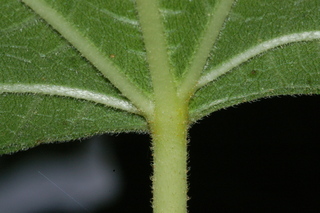
© Graham Wyatt, 2009-2010
· 1
Ficus carica, Fig, leaf base under |
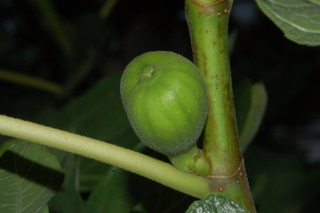
© Graham Wyatt, 2009-2010
· 1
Ficus carica, Fig, flower, fruit |
|
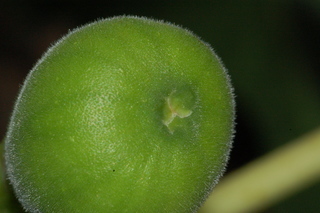
© Graham Wyatt, 2009-2010
· 1
Ficus carica, Fig, flower, fruit |
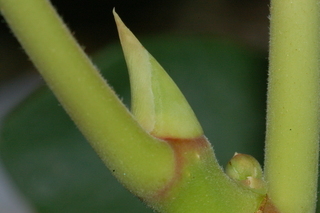
© Graham Wyatt, 2009-2010
· 1
Ficus carica, Fig, leaf bud |
|
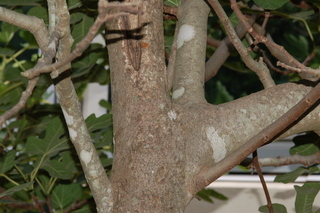
© Graham Wyatt, 2009-2010
· 1
Ficus carica, Fig, stem |
|
Following modified from Virginia Tech Dendrology
|
Top | See original
| &pull 20q v5.145 20180528: Error 500 Can't connect to www.cnr.vt.edu:80 (Name or service not known) http://www.cnr.vt.edu/dendro/dendrology/Syllabus2/fcarica.htm |
|
Following served from American Museum of Natural History, Plant Bug AMNH_PBI00003153 wa%201997%20l49%20h087 |
Top | See original context
|
Following served from American Museum of Natural History, Plant Bug AMNH_PBI00001098 wa%201996%20l26%20h088 |
Top | See original context
|
Following served from American Museum of Natural History, Plant Bug AMNH_PBI00002410 wa%201997%20l48%20h084 |
Top | See original context
|
Following served from American Museum of Natural History, Plant Bug AMNH_PBI00002987 wa%201997%20l12%20h035 |
Top | See original context
|
Following served from American Museum of Natural History, Plant Bug AMNH_PBI00003242 nsw%201995%20l50%20h085 |
Top | See original context
|
Following served from American Museum of Natural History, Plant Bug AMNH_PBI00007355 nsw%201995%20l15%20h024 |
Top | See original context
|
Following served from American Museum of Natural History, Plant Bug AMNH_PBI00000977 wa%201996%20l28%20h100 |
Top | See original context
|
Following served from American Museum of Natural History, Plant Bug AMNH_PBI00001110 wa%201996%20l45%20h135 |
Top | See original context
|
Following modified from Flora of North America
|
Top | See original
|
|
|
|
|
|
|
2.
Ficus carica
Linnaeus, Sp. Pl. 2: 1059. 1753.
Common fig
Shrubs or small trees , deciduous, to 5 m. Roots not adventitious. Bark grayish, slightly roughened. Branchlets pubescent. Leaves: stipules 1-1.2 cm; petiole 8-20 cm. Leaf blade obovate, nearly orbiculate, or ovate, palmately 3-5-lobed, 15-30 × 15-30 cm, base cordate, margins undulate or irregularly dentate, apex acute to obtuse; surfaces abaxially and adaxially scabrous-pubescent; basal veins 5 pairs; lateral veins irregularly spaced. Syconia solitary, sessile, green, yellow, or red-purple, pyriform, 5-8 cm, pubescent; peduncle ca. 1 cm; subtending bracts ovate, 1-2 mm; ostiole with 3 subtending bracts, umbonate.
Flowering spring-summer. Disturbed sites; 0-300 m; introduced; Calif., Fla., Mass., N.C., S.C.; Mexico; West Indies; native to Asia.
Ficus carica is known to escape in Alabama, Louisiana, Texas, Virginia, and West Virginia, although no specific localities are documented.
Ficus carica was first known from Caria in southwestern Asia. It is cultivated for its edible fruit and becomes established outside of cultivation only sporadically in the United States. It can sometimes be found persisting around old habitations and old orchards.
|
Updated: 2024-04-25 22:16:23 gmt
| | |
|
